Valve Index VR Headset: 1440×1600 per Eye and 120/144 Hz LCDs
by Anton Shilov on May 2, 2019 9:00 AM EST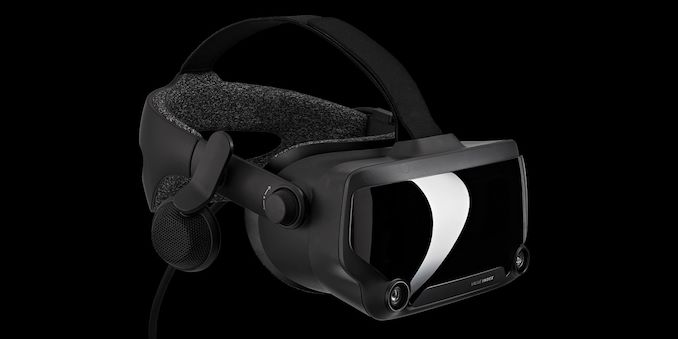
Valve this week started to take pre-orders on its next-generation Index VR headset that was developed entirely in-house. The product significantly improves all the capabilities of the HTC Vive (the first Steam VR headset) when it comes to screen quality, controllers, ergonomics, and tracking (according to the developer).
One of the key part of every VR headset is its display subsystem. The Valve Index is equipped with two LCD screens featuring a 1440×1600 resolution per eye (2880×1600 combined resolution), an up to 120 Hz refresh rate (as well as 144 Hz in overclocked mode), and an expanded field of view of around 130°. The screens are equipped with new optics featuring adjustable dual element canted lenses that ensure optical sharpness across the entire surface and enable users to look around using their eyes, not only the head. The optics also feature interpupillary distance and lens-eye distance adjustments to ensure the maximum viewing comfort.
When it comes to audio subsystem of the Valve Index, it has two nearfield off-ear speakers that feature accurate spatial positioning, yet do not touch ears. This is designed to ensure that users will not get as tired when using the headset and will still hear what is going around them. The headset also features a 3.5-mm headphone jack for those who prefer their own headphones.
Unlike other advanced contemporary VR headsets, the Valve Index continues to use external trackers. The SteamVR Tracking 2.0 system relies on two or four base stations featuring laser tracking that are said to be more reliable, more energy efficient, and cheaper to produce. Valve says that when using four trackers, gamers will be able to enjoy play areas of up to 10×10 meters. It remains to be seen whether such play areas are practical with a tethered headset, however. It is noteworthy that owners of the original HTC Vive will be able to use their base stations with the Index VR headset, but the reverse is not true: the new trackers can only be used with the new Index headset.
In addition to the new tracking system, Valve’s Index VR also comes with all-new controllers. The new controllers can track not only the position in space, but also all five fingers (a consumer industry first), allowing to grab and throw virtual objects. Obviously, to take advantage of the new feature, support from games is required. The Index Controllers also feature a small joystick, a tiny touchpad, two buttons, an analog trigger, a system button, a strap, and a Micro USB port for charging (Ian: a what??). Valve believes that its controller can live for about seven hours on one charge, but everything naturally depends on the actual use.
Last but not least, Valve says that its new head strap that features a rear strap knob, a top strap adjustment, as well as an overall better ergonomics than competing HMDs.
Valve’s Index VR headset uses a DisplayPort 1.2 and a USB port to connect to PC. When USB 3.0 connection is used, it will be possible to access camera’s pass-through mode for AR applications. Meanwhile, the HMD also has a VirtualLink interface support that can handle both display and USB data through a single USB Type-C cable.
Valve is taking pre-orders on its Index VR headset now with plans to ship the units in June. The whole package containing the HMD, controllers, and base stations costs $999. Alternatively, it is possible to get the HMD with controllers for $749, only the headset for $499, only the controllers for $279, and a pair of base stations for $299.


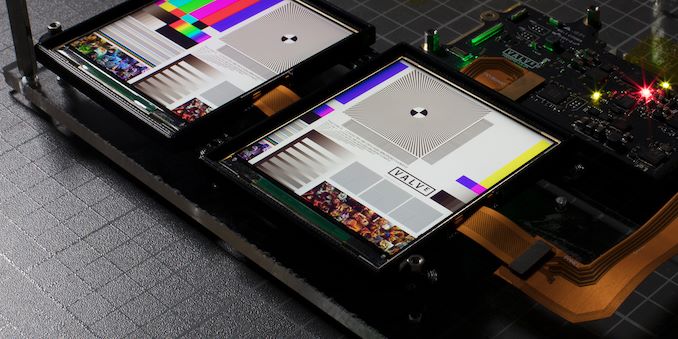
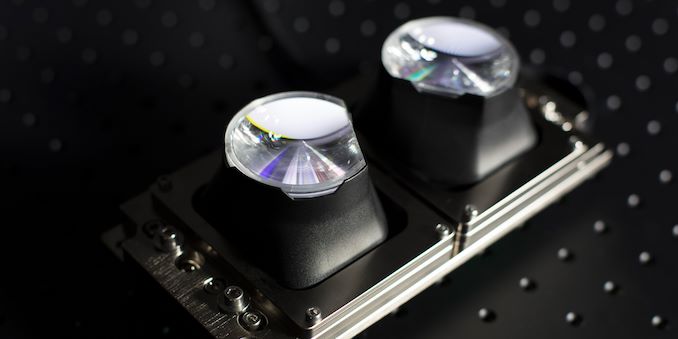
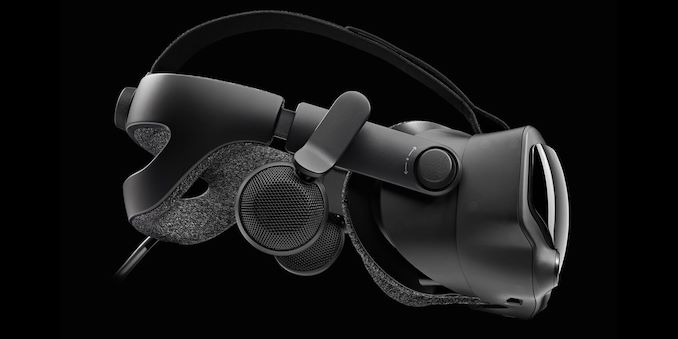
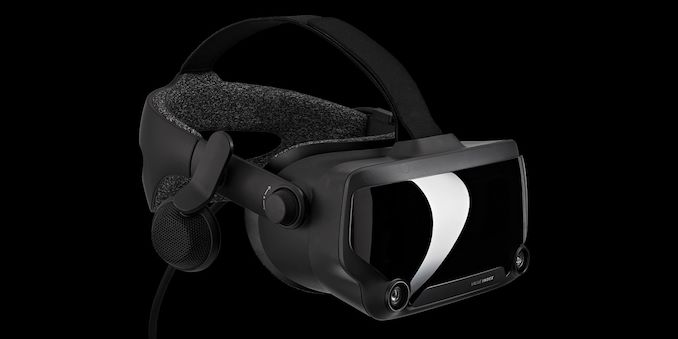
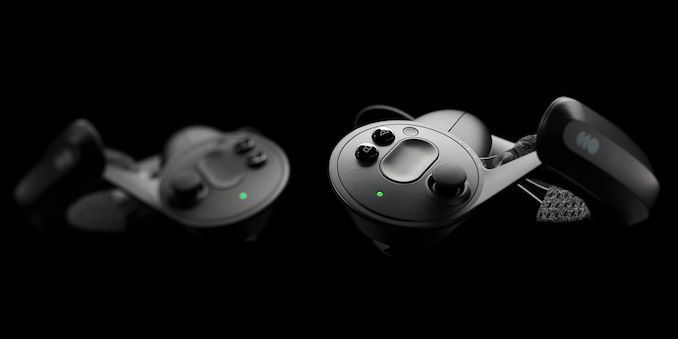
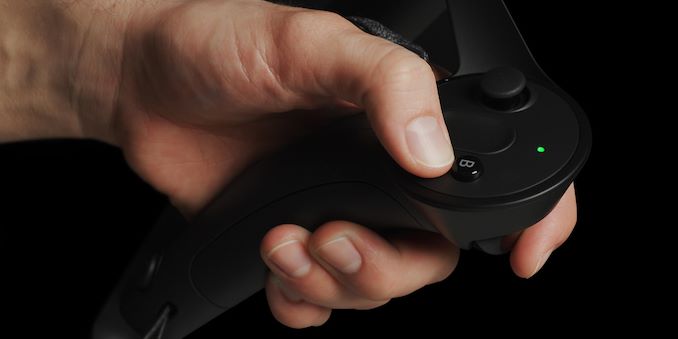
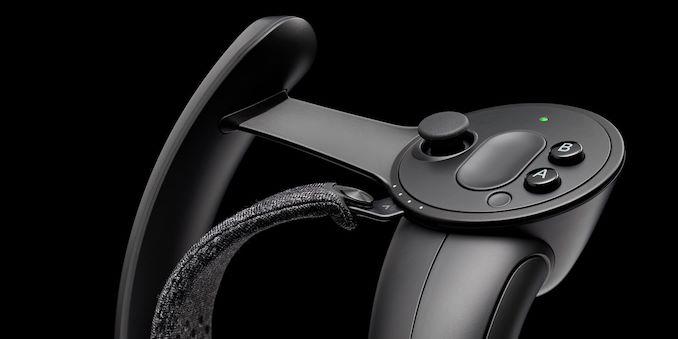








55 Comments
View All Comments
Thud2 - Thursday, May 2, 2019 - link
Can you elaborate?MotoAsh - Monday, May 6, 2019 - link
Supersampling is not required at all. Yes it produces clean antialiasing results, but it is not required nor is it necessary to adjust for the lenses.In fact, VR often runs a tiny bit faster than rendering an entire scene at the combined resolution. The graphics card vendors and the headset makers have worked very, very hard to squeeze out any optimizations they can. Not the least of which is shortcutting the rendering pipeline so that EG: geometry and many aspects of texture sampling do not have to be fully computed for each eye per frame. They are looking the same direction at the same geometry, so there is little need to do EVERY step of the pipeline for both eyes.
Supersampling is still a good idea for clarity, but it is not required or enforced for all games.
MotoAsh - Monday, May 6, 2019 - link
EDIT: Sorry, I misspoke a bit. It's not less work than ONE giant picture, but it is less work than two complete separate views.NicolasQC - Thursday, May 2, 2019 - link
Yes it's a mistake, their other article is right :« The HP Reverb VR headset is outfitted with two 2.89-inch screens featuring a 2160×2160 resolution per eye (4320×2160 combined resolution), (...) »
Thud2 - Thursday, May 2, 2019 - link
In order to avoid confusion this manner of describing headset is accepted as the current standard.Ryan Smith - Friday, May 3, 2019 - link
"Shouldn't that be 2880x1600 combined? Or I am missing something here?"Right you are. Thanks!
guidryp - Thursday, May 2, 2019 - link
"1440×1600 resolution per eye (2880×3200 combined resolution)"It would require 4 of those screens to equal 2880x3200, and then only if there were no overlap.
With just two screens and significant overlap, Effective VR reslolution is closer to the one eye resolution than adding up the two screens.
Dribble - Thursday, May 2, 2019 - link
Doesn't fix my main problem with most headsets:1) it's still wired. All new headsets should be wireless by now - or at least only needing to plug into a battery pack clipped to your waist.
2) it's far to bulky and all that weight is out the front putting strain on your neck. Needs to be much lighter and better balanced.
khanikun - Thursday, May 2, 2019 - link
Ya, I think they could help even out the weight by putting more of the electronics on the back of the thing, while only having the screens in front. Not sure what that'd do for latency though.JeffFlanagan - Thursday, May 2, 2019 - link
> All new headsets should be wireless by nowNot unless a low-latency wireless solution is created for high-resolution video. You can choose between cutting-edge visuals or wireless.
> it's far to bulky
It's the size it needs to be for the optics to work.
>and all that weight is out the front putting strain on your neck.
Only if you have a very weak neck.
You seem to want a science-fiction prop rather than an actual VR headset.